Standard publication ensures sustainability of liquid fuels for immediate home heat decarbonisation

Publication of PAS 5420OFTEC reaffirms industry commitment to genuinely sustainable bioliquids
Rural homes say government’s green heating plans are treating them unfairly
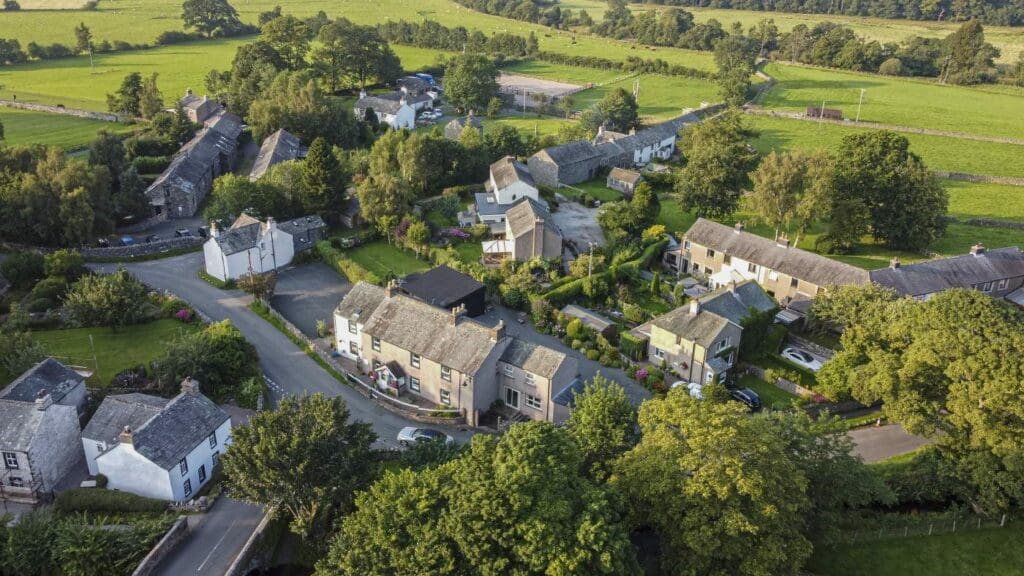
Recent poll shows 9 in 10 rural homes believe plans to end fossil fuel heating installations will unfairly impact them.
Discounted heat pump training still available with extension to funding for technician upskilling
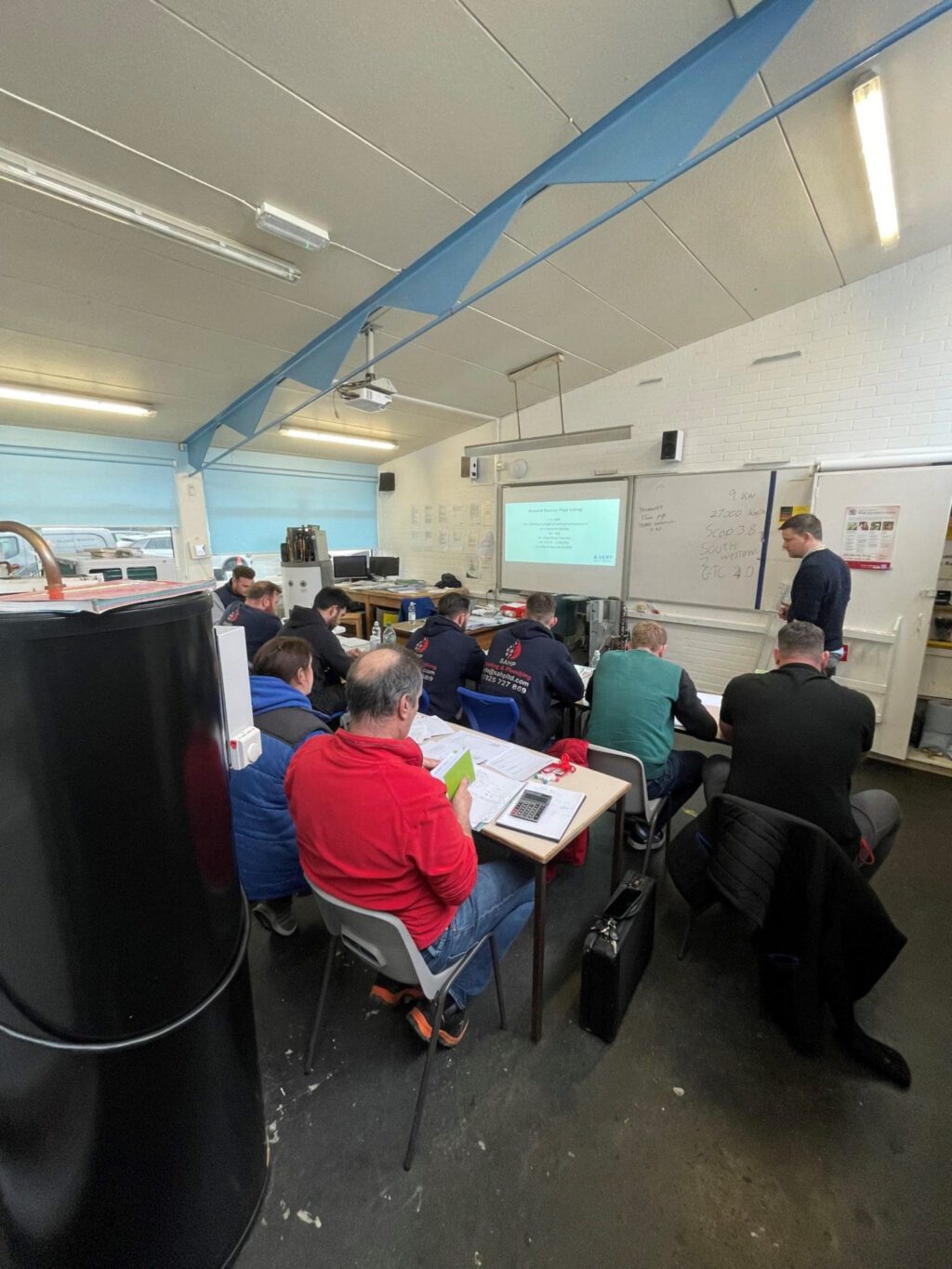
Future proof your heating career with discounted heat pump training
Oil installer embraces the evolving home heating sector and a digital future
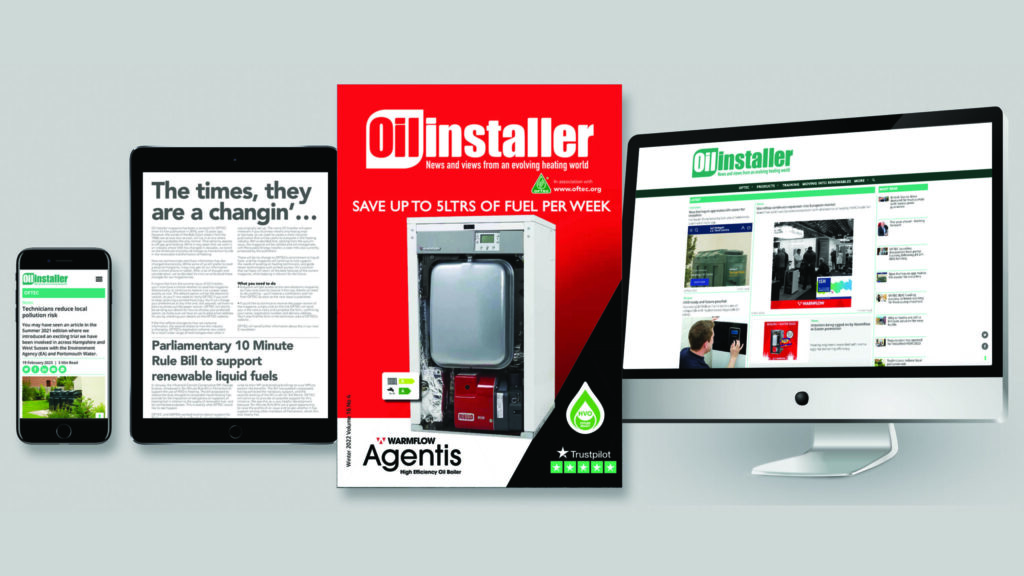
From the summer issue, OFTEC registered installers and specifiers can choose Oil Installer electronically or in print.
OFTEC urges immediate action following Climate Change report
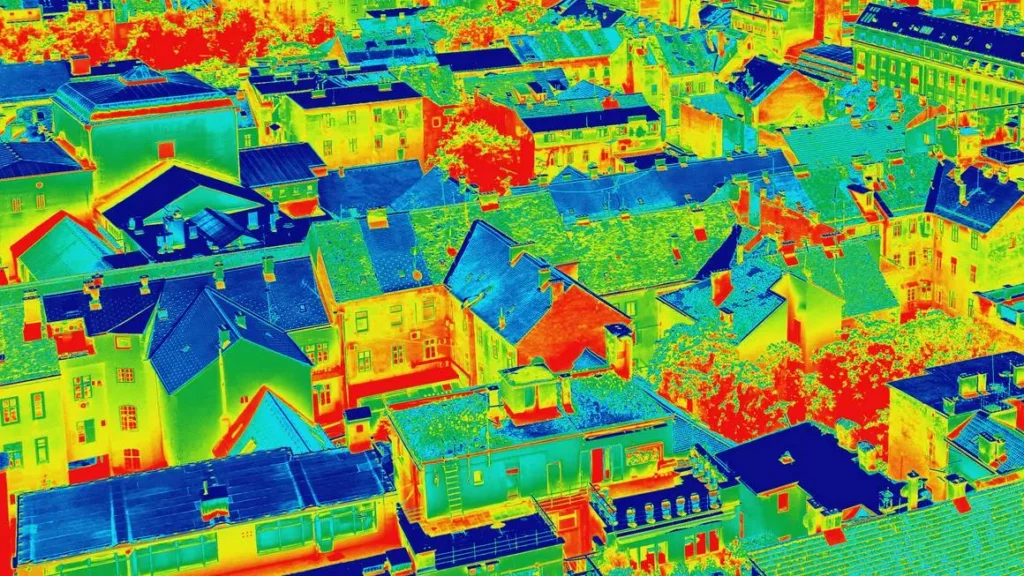
OFTEC statement in response to the IPCC report In response to the Intergovernmental Panel on Climate Change (IPCC) report and final warning that we need to take immediate action to tackle emissions or risk irreversible damage to the planet, Malcolm Farrow, head of public affairs at OFTEC, commented: “Time is not on our side. The stark warning from the IPCC is clear and we need to urgently rethink our approach to decarbonisation. Tackling the emissions from heating buildings is a key priority. The government is mainly focussed on accelerating the deployment of heat pumps and, through our training and registration services, OFTEC is supporting more and more technicians to install them in suitable properties. Utilise all technologies to make rapid progress “However, there are risks in focussing too much on one technology. Not every property is going to be suitable for a heat pump and their high cost is a barrier to progress. This is particularly true off-grid where disruptive and expensive investments are often needed for heat pumps to work effectively. We need to embrace other options if we are to make progress quickly. This means taking a pragmatic approach where we focus on achieving progress rapidly by utilising all available technologies. “Working with industry partners, we’ve transitioned nearly 150 oil heated properties to the renewable liquid fuel Hydrotreated Vegetable Oil (HVO). The demonstration project has been hugely successful and it’s clear HVO works as a solution. It reduces emissions by nearly 90% and the conversion cost for the end user is expected to be around £500. “By utilising both heat pumps and HVO and installing the most suited solution on a case-by-case basis, we can keep costs down for both the government and off gas grid households, whilst rolling out low carbon heating far more quickly. However, we need the government to recognise the important role of HVO and put in place the policy mechanisms to support this approach.” This statement was issued 23 March 2023
Is it decision time for off-grid heating?

Will 2023 go down in history as the year when the critical decisions relating to the future of off-gas grid heating were made?
Future Ready Fuel campaign update

George Eustice intervention raises hope of progress with HVO deployment plan
Into renewables? Get properly qualified!
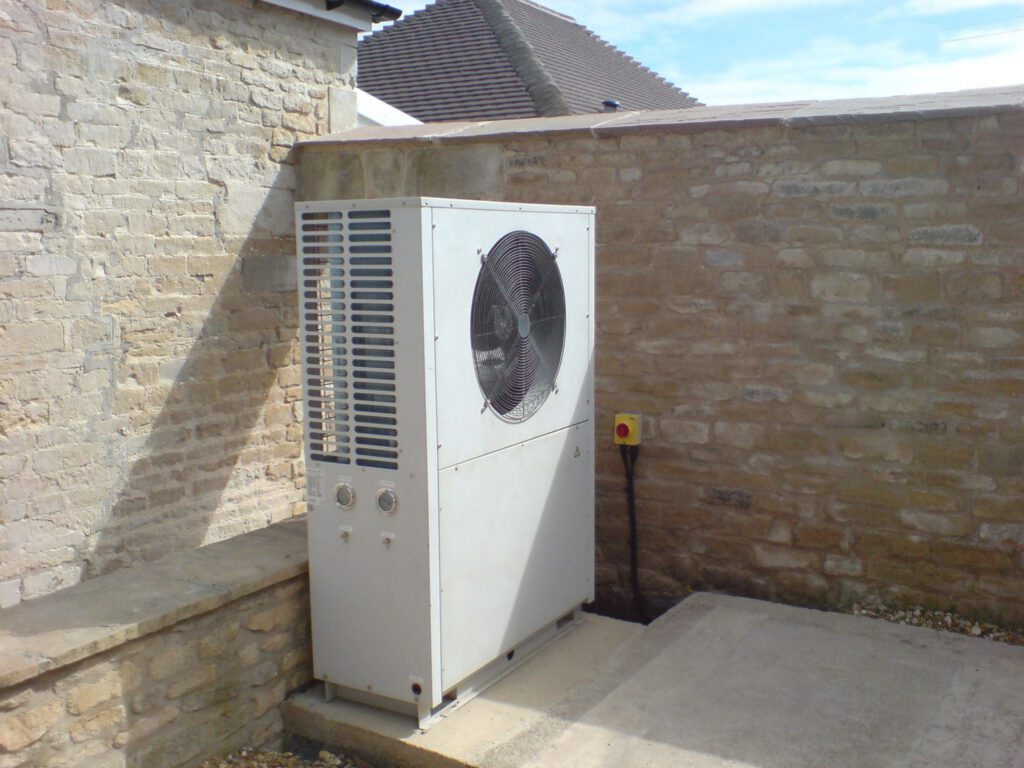
Thinking about offering renewable installations as part of your existing business?
Demand for solid fuel installers heats up
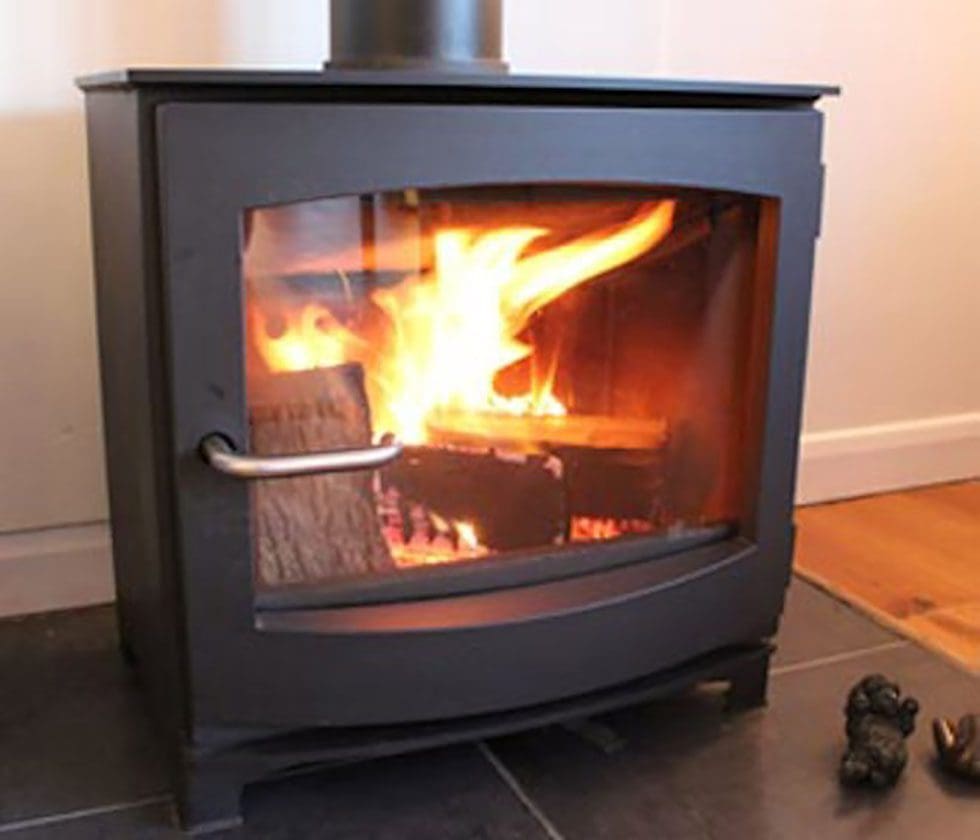
OFTEC extended the scope of the competent person registration scheme to include solid fuel installations.
HVO-ready Rayburn on show in Cornwall
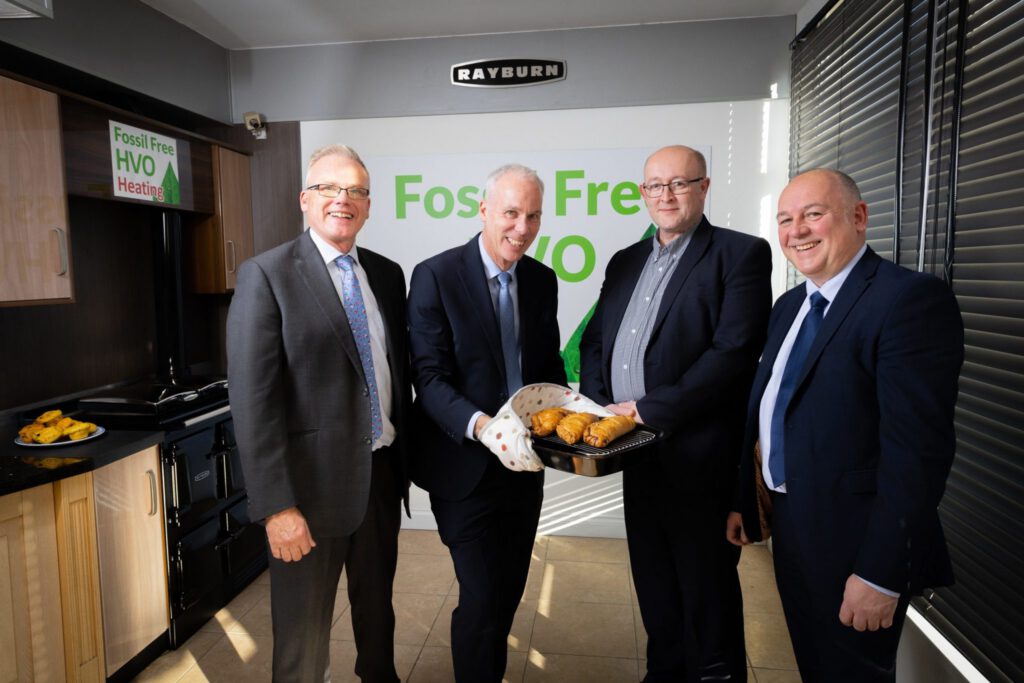
The Rayburn Heatranger has been designed to run on fossil-free liquid fuel straight out of the box.
Flue season – a consideration of solid fuel appliance queries

Addressing some of the recent queries around flues for solid fuel appliances
Technicians face exciting opportunities from the Scottish Government
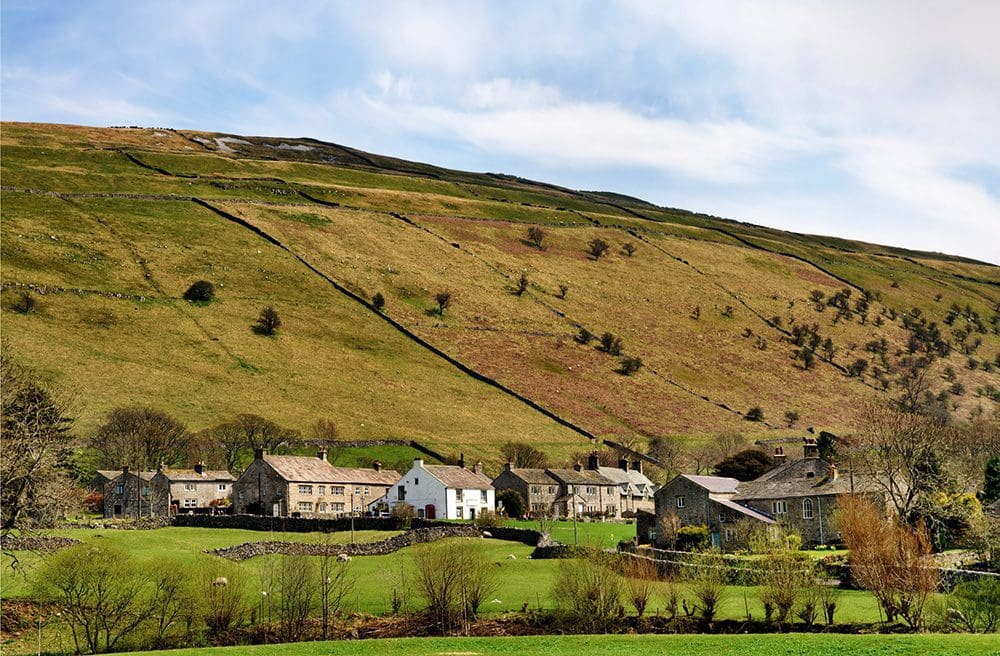
It will now be simpler and more affordable for people in Scotland to install climate-friendly measures in their homes.
The HVO demonstration project – three years in and looking good!

Update on the HVO demonstrator project testing the use of HVO as an effective biofuel to replace kerosene
Heat pump training grant welcomed by oil heating trade body as key to skill diversification

OFTEC says grant scheme compliments its investment in diverse installer skills.
Technicians reduce local pollution risk
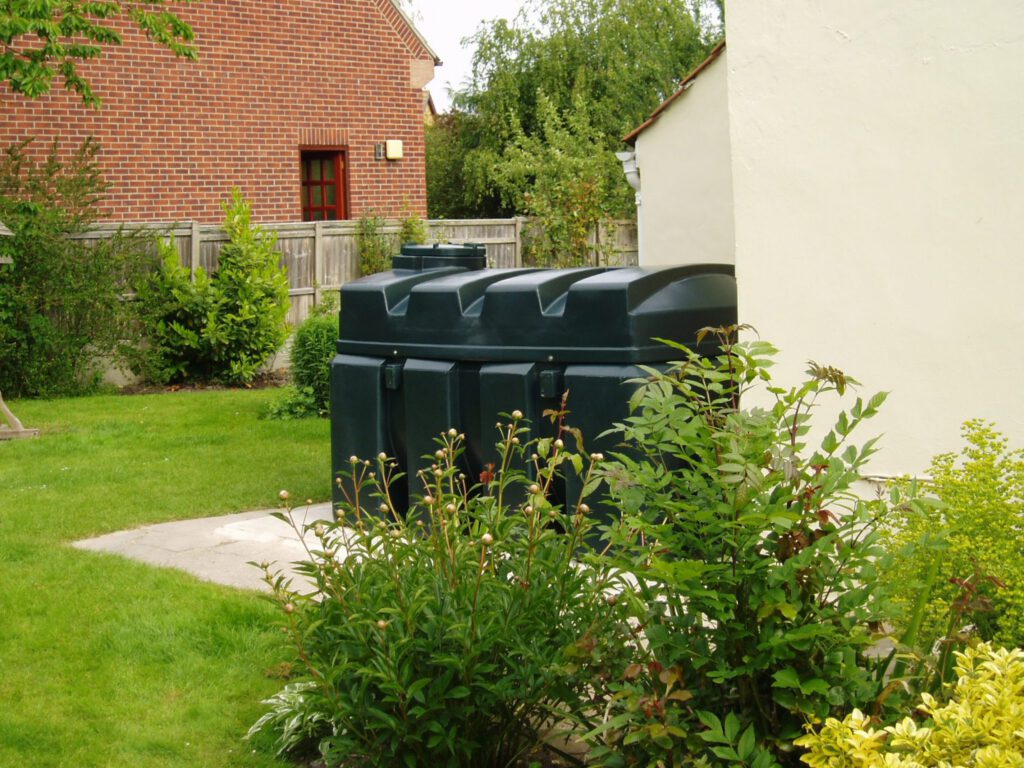
You may have seen an article in the Summer 2021 edition where we introduced an exciting trial we have been involved in across Hampshire and West Sussex with the Environment Agency (EA) and Portsmouth Water. This campaign has been working with OFTEC registered technicians to urge householders to check and replace failing tanks. Messaging targeted customers’ motivations of continued warmth, security of supply, and avoiding the risk of potentially large financial losses, rather than previous messages which appealed to a need to protect the environment. As an incentive, Portsmouth Water subsidises a free inspection and 50% grant towards replacement works in priority locations. The trial element of the campaign has now ended, but many of the most successful tactics are now being taken up longer term by Portsmouth Water. What did they do? They identified over 500 households most likely to be on domestic heating oil using www.nongasmap.org.uk. All these properties were in ‘source protection zones’ situated over valuable naturally occurring groundwater abstracted for drinking water. The trial compared two approaches for engaging customers. They split the 500 households into two equal groups; one received a yearly mailshot with a cover letter and leaflet. The other group received the same leaflet, plus face-to-face advice through their OFTEC registered technician as part of their annual boiler service. Articles were also run in the parish magazines of both groups. Both tactics urged householders to contact Portsmouth Water for a free inspection and/or 50% off a replacement tank should the inspection recommend it. What were the results? Face-to-face contact from technicians was the most successful intervention. Customer response rate to the campaign was three times higher when technicians took the householder through the campaign messages; 9% (25 households) compared with only 2.4% (6 households) receiving the mailshot only. And of those customer enquiries, 92% (23 households) receiving the technician visit went on to have a free inspection, compared with 83% (5 households) receiving the mailshot only. 17 households replaced their tanks due to a technician visit, and only four due to the mailshot. Put that together with enquiries resulting from parish council magazines and word of mouth and that resulted in an impressive 25 tanks, at least 25,000 litres less oil, less likely to pollute the local water environment because of this trial. It’s simple to get involved Portsmouth Water is still recruiting! Portsmouth Water has decided to continue with the most successful tactics longer term. So far, they have recruited 11 technicians through the OFTEC newsletter and this magazine. But they need more to meet customer demand. It’s simple to get involved. If you work in Hampshire and West Sussex, contact Beth Fairley on 07872 108992 or Bethany.Fairley@portsmouthwater.co.uk. It’s an easy way of reaching new customers. You can find out more at www.portsmouthwater.co.uk/about-us/water-quality/heating-oil/. You will be asked to complete a simple registration and contract. Then, when on routine inspections, simply tell the customer about the scheme and hand them the leaflet. Give Beth at Portsmouth Water a ring to check eligibility. Once that’s confirmed, the customer chooses their technician (generally the original technician but they can choose any technician on the scheme). Once the works are complete, you simply invoice the customer and Portsmouth Water for the respective contributions, and Portsmouth Water pays within the 30 days agreed. G. RIXON LTD., a small family run business, is already signed up to the campaign: “The scheme has been a mutually beneficial arrangement and we have been able to include numerous existing customers within the scheme which has significantly increased our sales.” Urge your customers to check their oil tanks What if you don’t work in the campaign area? If you work elsewhere in the country, please urge your customers to check their oil tanks for leaks to protect the environment and their pocket. Simon Deacon, catchment and environment manager at Portsmouth Water is part of the campaign: “I would encourage all technicians, wherever they work, to visit our campaign website. Even though the campaign materials are for Hampshire and West Sussex many of the messages are universal.” Dawn O’Neill, Environment Agency groundwater technical specialist, also part of the trial, adds: “Oil pollution is one of the most common incidents I deal with. Please encourage your customers to take these 3 easy steps: OFTEC, the Environment Agency and Portsmouth Water would like to thank all the technicians for their involvement in this trial.
